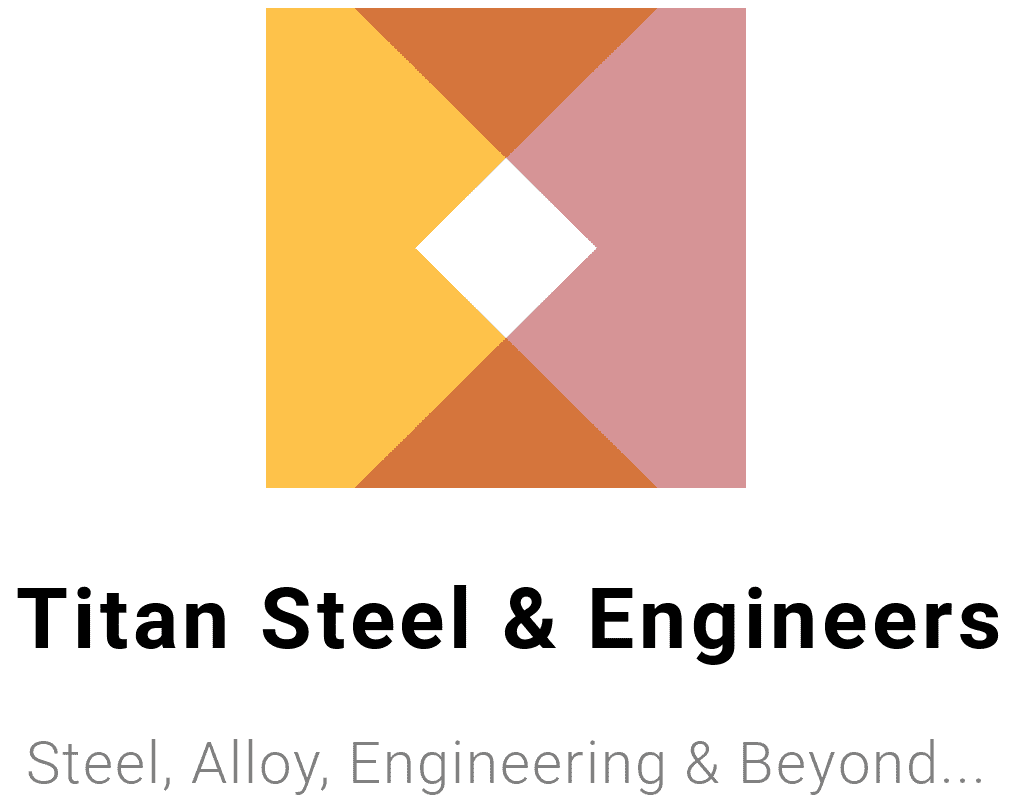Understanding Die Steel: Essential Insights for Manufacturing Engineers
Die steel plays an indispensable role in modern manufacturing processes. For toolmakers, metalworkers, and engineers in the industry, understanding die steel is vital for choosing the right materials for tools and molds. From producing automotive parts to crafting everyday gadgets, die steel is the backbone of precision and durability in metal forming and injection molding.
This blog explores the core aspects of die steel, including its types, properties, applications, selection criteria, heat treatment, machining processes, and advancements shaping its future. Whether you’re a seasoned professional or someone looking to deepen your expertise, this guide will help you master the essentials of die steel.
Types of Die Steel
Die steel is categorized into three main types based on its application within the manufacturing process, material properties, and how it responds to heat and wear.
1. Hot-Work Die Steel
Designed to withstand extreme temperatures, hot-work die steel is used in high-heat operations like forging, extrusion, and die-casting.
Key examples include H13 and H11 tool steels, known for their exceptional thermal fatigue resistance and toughness. Their ability to maintain hardness under high heat makes them invaluable in forming molten metals into required shapes.
Applications:
- Die-casting tools for aluminum and brass.
- Extrusion dies for creating metal profiles.
- Forging dies used in automotive and aerospace manufacturing.
2. Cold-Work Die Steel
Cold-work die steel serves in processes where metal is shaped or cut at room temperature. Due to its impressive wear resistance and hardness, it is commonly employed in applications where tools face high pressure and impact forces.
Examples include D2 and D3 steels, known for their ability to retain sharp cutting edges and manage abrasion.
Applications:
- Punches and dies for stamping processes.
- Shearing blades for cutting metal sheets.
- Tools for forming and shaping at cold temperatures.
3. Plastic Mold Steel
Plastic mold steels are geared toward working with softer materials, such as plastics and polymers, during injection molding processes. These steels, such as P20 and NAK 80, prioritize machinability and polishability for crafting intricate molds with smooth finishes.
Applications:
- Injection molds used in plastic component manufacturing.
- Die cores for high-precision polymer parts.
Properties and Applications of Each Die Steel Type
Every form of die steel is engineered with specific properties that cater to its intended application. Here’s a closer look at the defining attributes of each type and where they’re most applicable.
|
Die Steel Type |
Key Properties |
Popular Applications |
|---|---|---|
|
Hot-Work Die Steel |
High thermal resistance, toughness, ductility |
Die-cast molds, forging dies, extrusion dies |
|
Cold-Work Die Steel |
High wear resistance, edge retention |
Cutting tools, punches, blanking and stamping dies |
|
Plastic Mold Steel |
Good machinability, polishability |
Injection molds, polymer forming tools |
How to Select the Right Die Steel
Choosing the correct die steel for your tool or mold depends on multiple criteria. Keep these factors in mind when making your selection.
1. Application Type
Consider whether your process involves hot work (e.g., die-casting), cold work (e.g., stamping), or shaping plastics, as each demands different mechanical properties.
2. Wear Resistance
For cutting or stamping tools, prioritize cold-work steels with high wear resistance to ensure durability under abrasive conditions.
3. Heat Resistance
High-temperature operations like extrusion or die-casting will require hot-work steels with excellent thermal fatigue resistance.
4. Machinability and Toughness
If precision machining or detailed molds is your priority, plastic mold steels like P20 offer superior polishability and ease of machining. For tools handling high stress, toughness is more crucial.
5. Cost Considerations
While premium steels offer more features, budget constraints may necessitate a compromise. A balance of cost-effectiveness and mechanical performance is ideal.
Heat Treatment and Machining of Die Steel
Die steel’s strength, hardness, and wear resistance can be significantly enhanced through heat treatment and machining techniques.
Heat Treatment
Heat treatment optimizes the microstructure of die steel, enhancing its properties to suit the intended application. Common techniques include:
- Annealing: Reduces internal stresses and improves machinability.
- Quenching: Hardens the steel by rapid cooling after heating.
- Tempering: Improves toughness while preserving hardness.
Machining Die Steel
Machining die steel can be challenging, especially for super-hard materials. Using carbide tools, slower speeds, and sufficient cooling during machining can improve accuracy and prevent tool wear. CNC machining has become the standard for ensuring precision in toolmaking.
Case Studies in Die Steel Applications
Case Study 1: Automotive Sector
An automotive company producing gearbox components uses H13 hot-work steel in its die-casting molds to withstand the high temperatures involved in casting aluminum. By using H13, the company achieved a 30% increase in mold life and significantly reduced downtime.
Case Study 2: Electronics Industry
A producer of plastic casings for consumer electronics integrates P20 plastic mold steel for injection molds. The material’s machinability and capability to achieve high-detail finishes enhanced production precision with a faster turnaround.
Future Trends in Die Steel Technology
The die steel industry is rapidly evolving with advancements in materials science and manufacturing technologies. Key trends include:
- Powder Metallurgy Steels: Offering uniform microstructures for greater wear and fatigue resistance.
- Additive Manufacturing: Using 3D printing to create complex dies with optimized performance.
- Eco-Friendly Alloys: Research into sustainable alloys with lower environmental impact will play a crucial role in the coming years.
By incorporating these innovations, the industry is poised to address challenges like longer tool life, reduced maintenance costs, and improved sustainability.
Build Better Tools with Advanced Die Steel
Die steel is an essential material that keeps the manufacturing world in motion. Whether you’re shaping molten metals or injection-molding precise plastic components, selecting and treating the right die steel can define the quality and longevity of your tools.
Want to learn more about emerging die steel materials and applications? Explore our comprehensive guide or connect with industry experts who can help you make more informed decisions.

